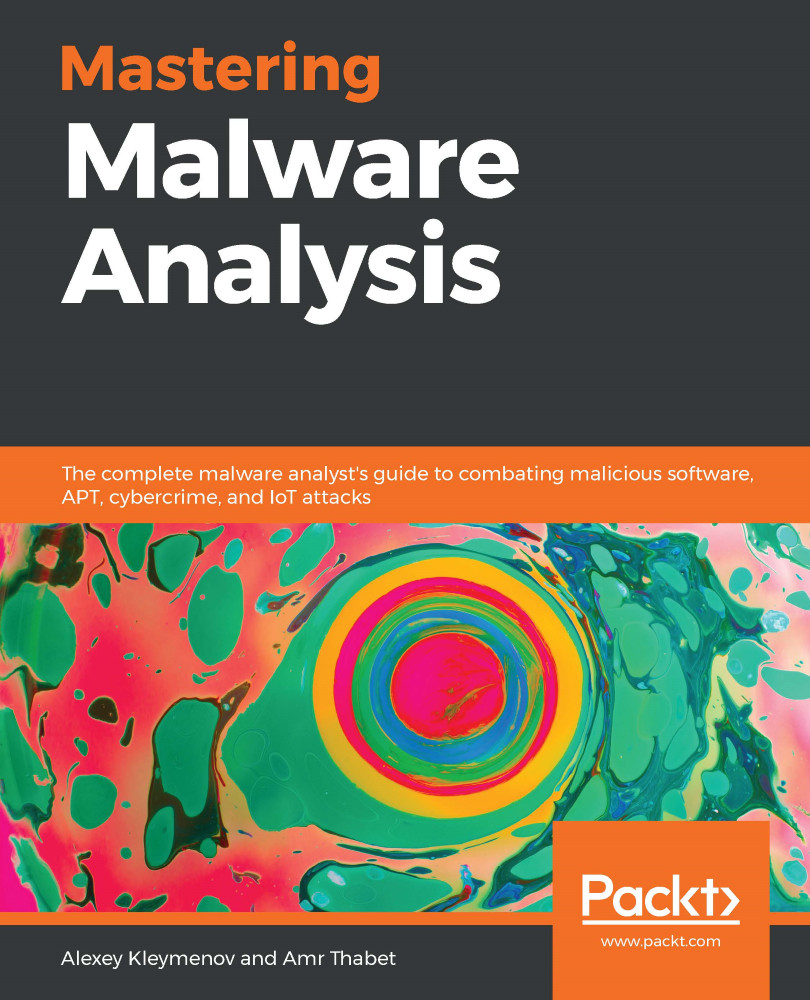At this stage, we are already aware of the different types of malware. What is common among most of them is that they are standalone and can be executed on their own once they reach the targeted system. However, this is not always the case, and some of them are only designed to work properly with the help of targeted, legitimate applications.
In our everyday life, we interact with multiple legitimate software products that serve various purposes, from showing us pictures of cats to managing nuclear power plants. Thus, there is a specific category of threats that aim to leverage vulnerabilities hidden in such software in order to achieve their purposes, whether it is to penetrate the system, escalate privileges, or crash the target application or system, and this way disrupt some important process.
In this chapter, we will be talking about exploits...


